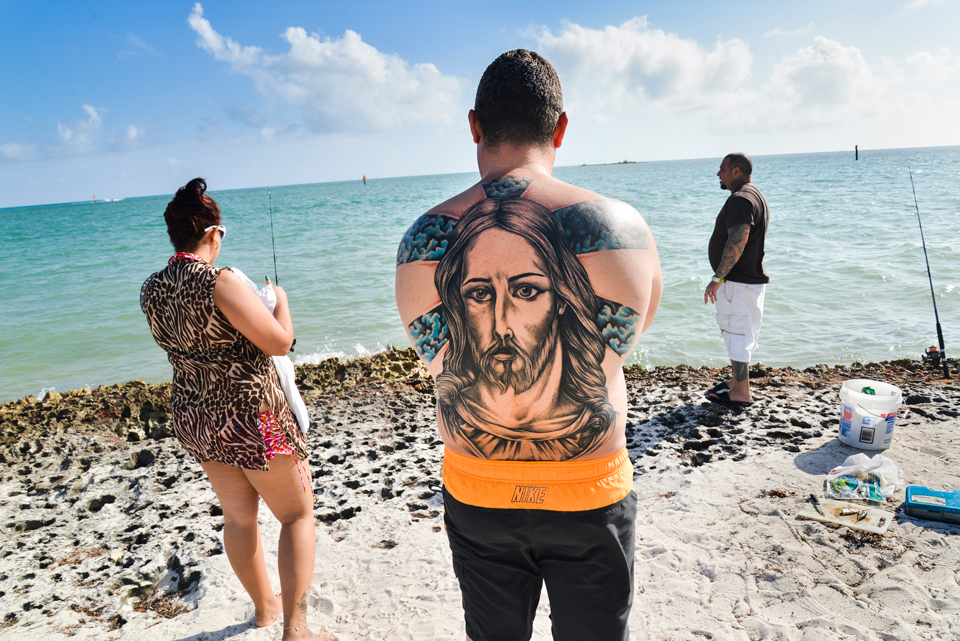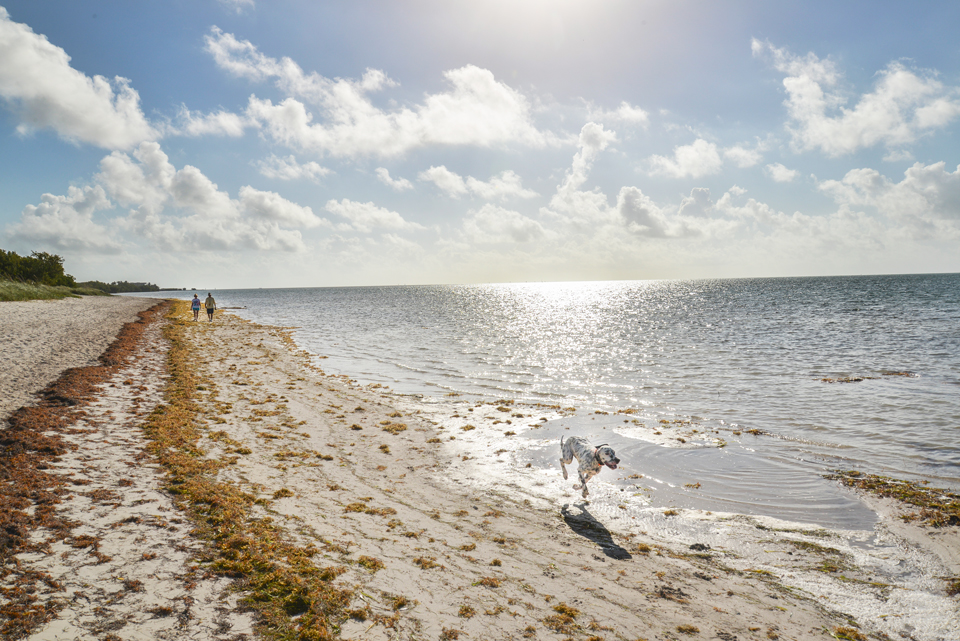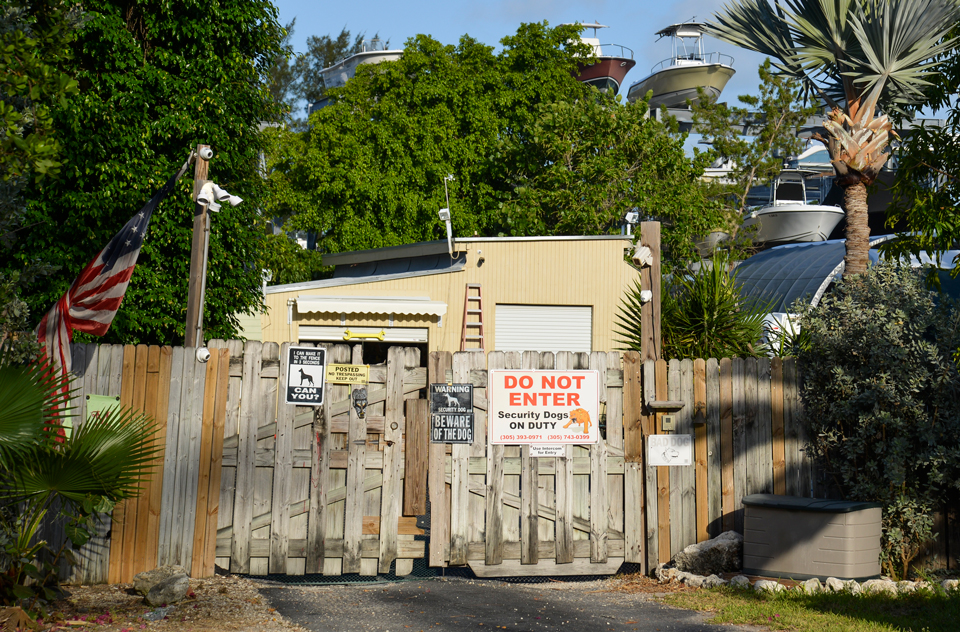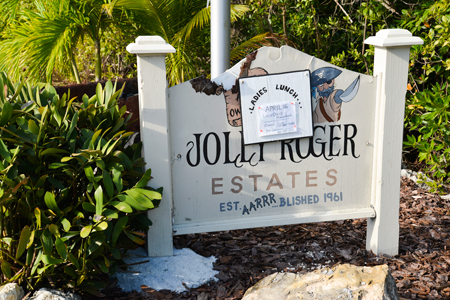In the Florida Keys, especially for someone coming from the frozen north, the color is blue: warm blue ocean water running to emerald blue-green, setting off white beaches and a big unobstructed sky that highlights the clouds and the expanse of sea on the Atlantic and Gulf shores.
It’s a unique and beautiful place, but to an outsider on a short visit, it seems a shame that Theodore Roosevelt didn’t set it aside as a national park or a national monument when he did the same for the Grand Canyon in 1908.
There’s not much land in this stretch of islands that runs about 125 miles from just south of Miami to Key West at its southern tip, the southernmost point in the continental U.S., 90 miles from Cuba. Much of it within a stone’s throw of the constant traffic on U.S. Route 1 is covered with hotels, condos, strip malls, shell shops, sandal outlets, marinas, and housing developments that were created by dredging up the bottom to make house lots and canals where wetlands once were. Key West, the most intensively populated place, is one of the most attractive because so much of the old architecture has been preserved.
The national, state and municipal parks and wildlife refuges are beautiful and have saved some of the Keys for public use in something close to their natural state. Tourists come from around the world. Freshwater comes from the mainland via a 130-mile-long water main. Sewage treatment is a big issue because nutrients from even treated sewage degrade the quality of the surrounding water. Residents and government are working to build treatment plants with deep wells to dispose of treated effluent and they are attempting to protect the Key deer and the coral reefs, but they have a lot to do.
For a slide show, from Key West and the Ernest Hemingway House to kayaking, CLICK HERE.
Information on environmental challenges in the Keys is HERE.



 Â
 

 Â Â Â
   